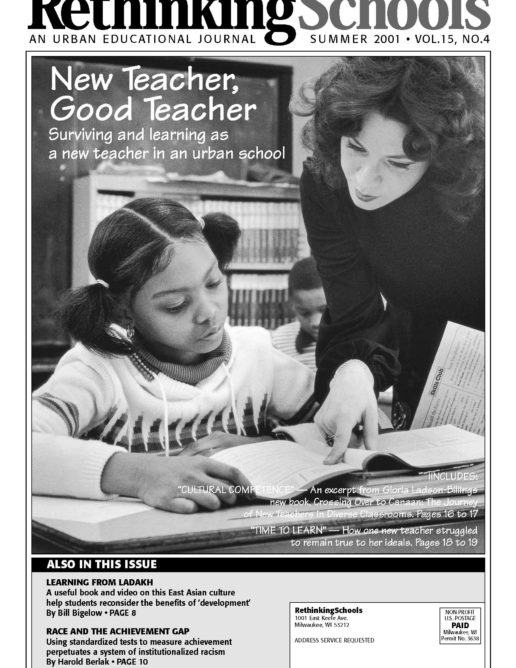Preview of Article:
Bush’s Bad Idea for Bilingual Ed
The President proposes a three-year time limit for non-English speakers to attain 'English fluency'?
These accusations are not true. There is no evidence that significant numbers of children are “languishing” in bilingual programs.
The New York City Board of Education recently issued a report on the progress of English learners in the New York City schools. The report shows that for children entering the New York school system in kindergarten and grade one (86 percent of the children studied in the report), only 14 percent were still in bilingual education after six years and only 10 percent remained in bilingual education after nine years. For children who spoke Korean, Chinese, and Russian, all were exited from bilingual education within five years. In Texas, according to my estimates (Krashen, in press), only about 7 percent of students who started early are still in bilingual education after grade five, and after grade eight practically no early starters are in bilingual programs.
Acquiring enough English to do grade-level classwork in a monolingual classroom is quite an accomplishment. It means knowing enough English to understand story problems, read textbooks, and write compositions and reports. This kind of knowledge of language is called “academic language,” and takes considerably longer to acquire than “conversational” language (Cummins, 1981).
But, one might ask, what about non-English speaking students who enter in high school?
The New York Times and Newsweek accusation — that only 15 percent of those who entered bilingual education in high school achieved English proficiency — is wrong. The New York Board of Education did indeed report that after four years of high school, only 15 percent of those entering at grade nine had acquired enough English to do classwork in the mainstream. But this figure included those in all-English programs as well as those in bilingual education. There is no evidence in the board report that bilingual education is less successful than all-English education in dealing with late-arriving students.

